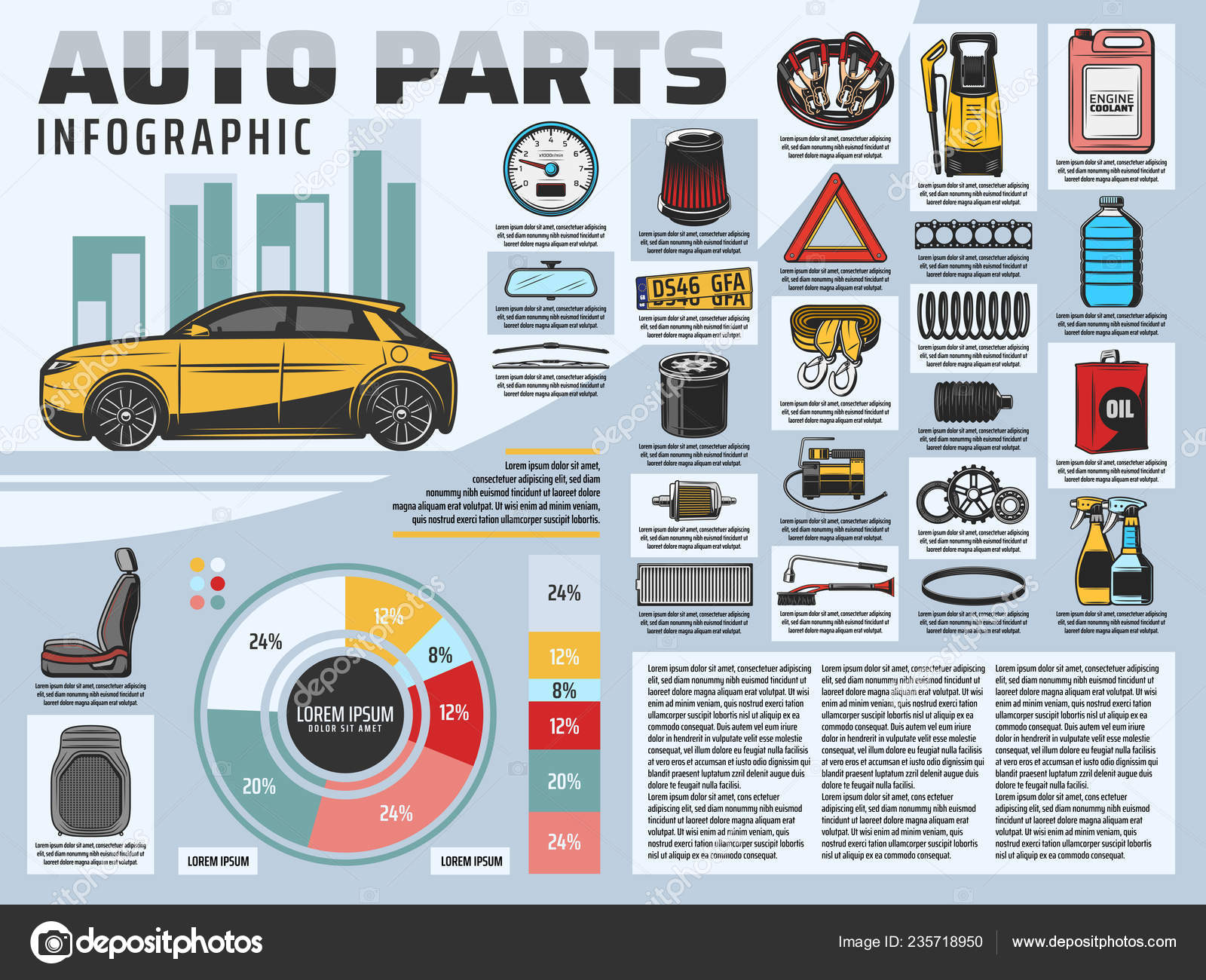Evaluating Your Car'S Caution Indicators: What They Actually Convey
Evaluating Your Car'S Caution Indicators: What They Actually Convey
Blog Article
Short Article Developed By-Lim Torres
When you're behind the wheel, those radiant warning lights on your control panel can be a bit difficult. Do https://www.cbp.gov/newsroom/local-media-release/philadelphia-cbp-seizes-nearly-300k-copyright-auto-parts-china recognize what they're trying to inform you concerning your automobile's health? Comprehending the significance of these lights is important for your safety and security and the long life of your vehicle. So, the next time one of those lights appears, would not you want to decode its message precisely and take the required steps to resolve it?
Common Warning Lights and Interpretations
Recognize common caution lights in your vehicle and understand their significances to make certain safe driving.
One of the most regular caution lights consist of the check engine light, which signals concerns with the engine or exhausts system. If this light comes on, it's important to have your car checked quickly.
The oil stress warning light shows low oil stress, calling for prompt focus to avoid engine damages.
A flashing battery light may suggest a defective charging system, potentially leaving you stranded if not attended to.
The tire stress surveillance system (TPMS) light signals you to low tire pressure, affecting car stability and gas efficiency. Ignoring this could result in dangerous driving conditions.
The ABS light suggests an issue with the anti-lock braking system, jeopardizing your capacity to quit rapidly in emergency situations.
Finally, the coolant temperature level alerting light warns of engine getting too hot, which can result in extreme damage otherwise fixed promptly.
Comprehending these usual caution lights will aid you attend to problems promptly and preserve safe driving conditions.
Value of Prompt Focus
Recognizing the usual warning lights in your cars and truck is only the primary step; the relevance of immediately addressing these cautions can not be emphasized enough to ensure your safety when traveling.
When a caution light brightens on your dashboard, it's your cars and truck's means of interacting a possible issue that requires attention. Neglecting these cautions can cause more severe troubles in the future, endangering your security and possibly costing you more out of commission.
Trigger attention to warning lights can avoid breakdowns and crashes. For example, a blinking check engine light can indicate a misfire that, if left ignored, might create damage to the catalytic converter. Addressing this immediately can save you from a costly repair.
Likewise, a brake system advising light could signal low brake fluid or worn brake pads, vital elements for your safety when driving.
Do It Yourself Troubleshooting Tips
If you observe a caution light on your dashboard, there are a few DIY troubleshooting suggestions you can try before seeking professional assistance.
The initial step is to consult your automobile's handbook to comprehend what the certain warning light indicates. Often just click the next site can be as straightforward as a loosened gas cap causing the check engine light. Tightening the gas cap may fix the trouble.
One more typical concern is a low battery, which can set off numerous advising lights. Inspecting the battery connections for corrosion and ensuring they're secure could fix the trouble.
If a warning light lingers, you can try resetting it by detaching the cars and truck's battery for a couple of mins and after that reconnecting it. In https://oil-change-services40627.theobloggers.com/38292497/discover-exactly-how-environmentally-friendly-auto-detailing-items-can-boost-your-automobile-s-sparkle-while-safeguarding-the-earth-uncover-the-sustainable-alternatives-waiting-on-you , examining your vehicle's liquid degrees, such as oil, coolant, and brake liquid, can aid troubleshoot alerting lights connected to these systems.
Conclusion
In conclusion, understanding your vehicle's warning lights is necessary for keeping your automobile running efficiently and securely. By immediately addressing these informs and understanding what they indicate, you can stay clear of expensive fixings and possible break downs.
Bear in mind to consult your vehicle's handbook for certain details on each advising light and do something about it appropriately to make sure a trouble-free driving experience.
Stay informed, stay risk-free when traveling!
